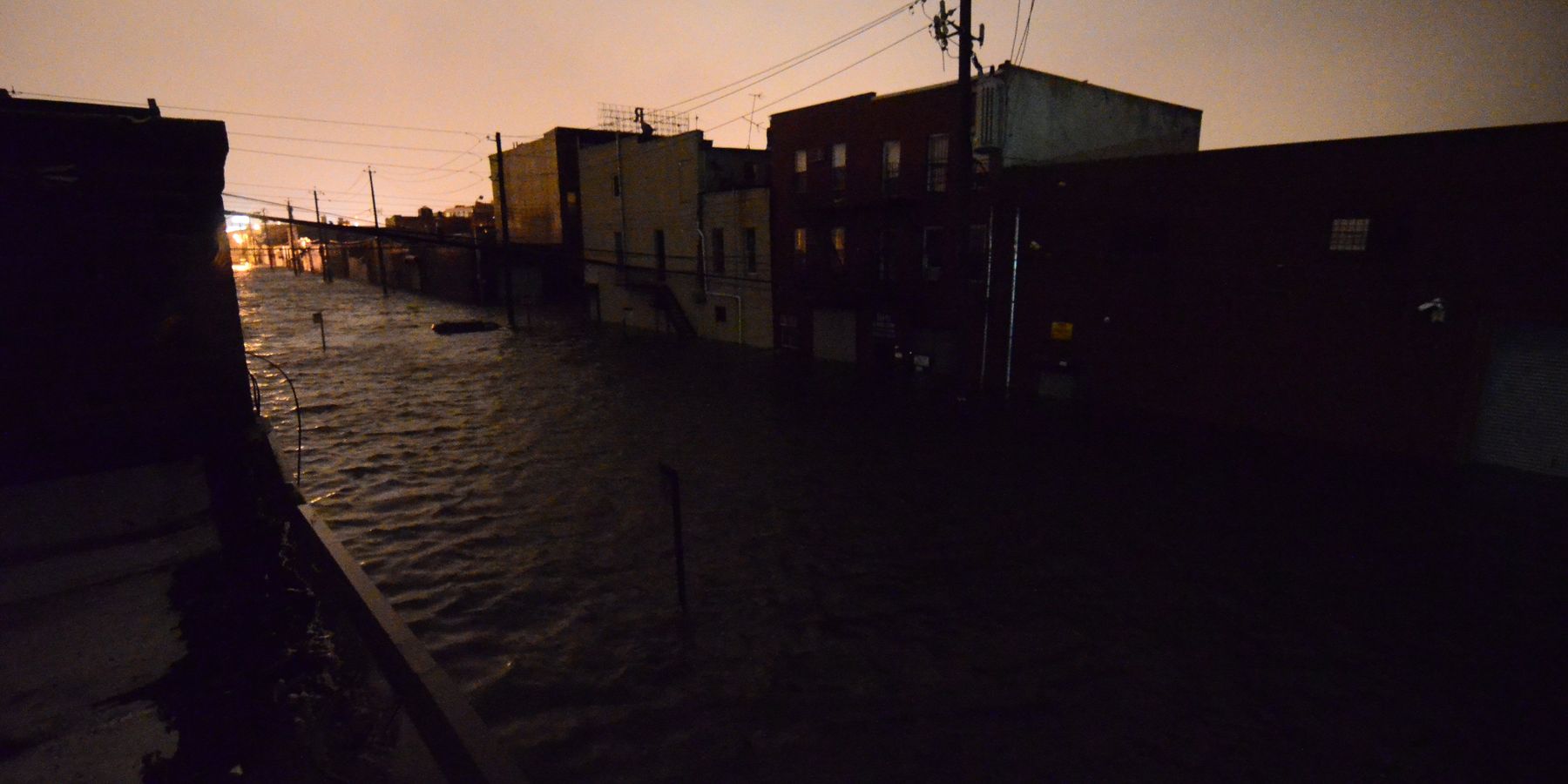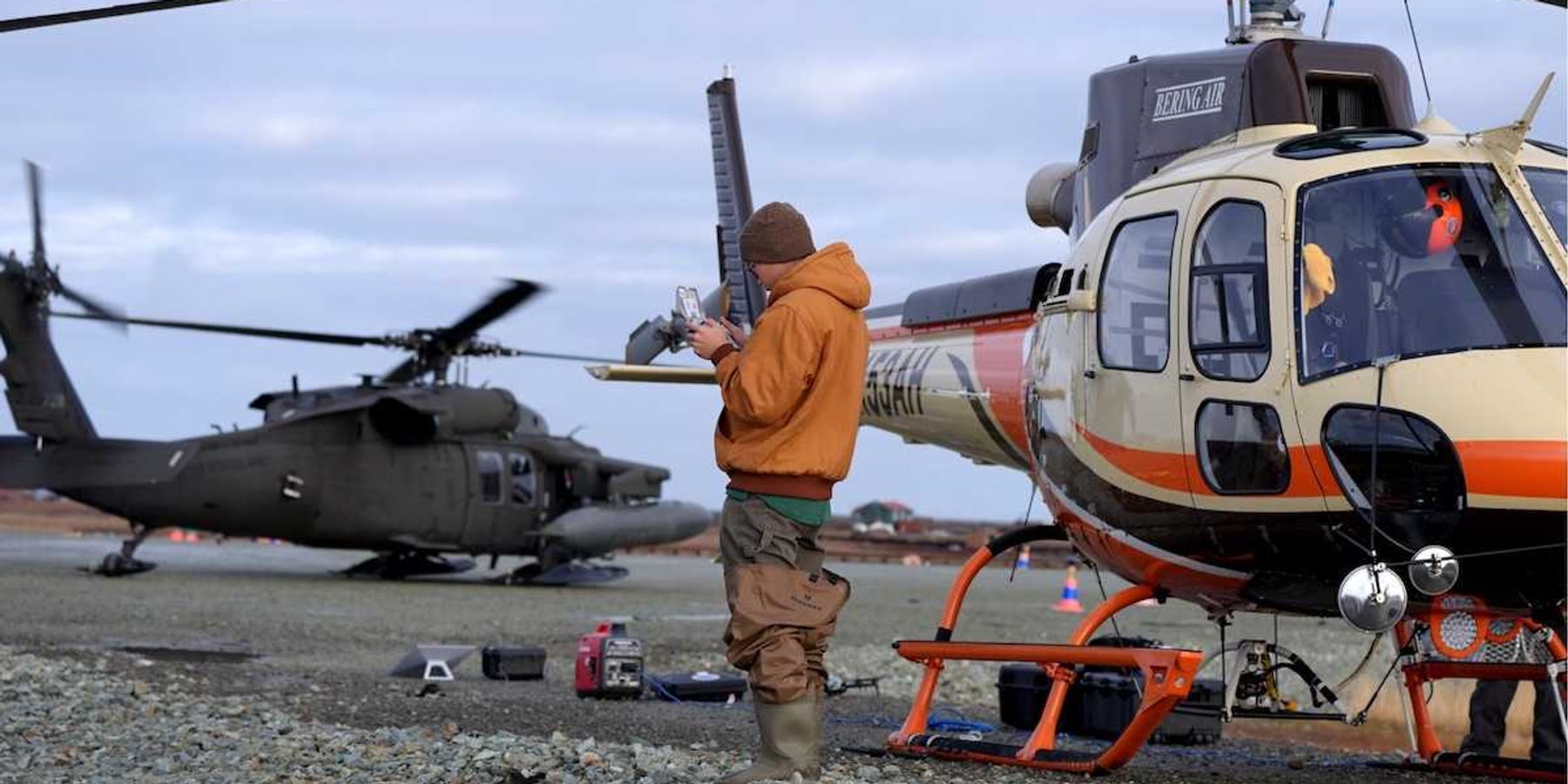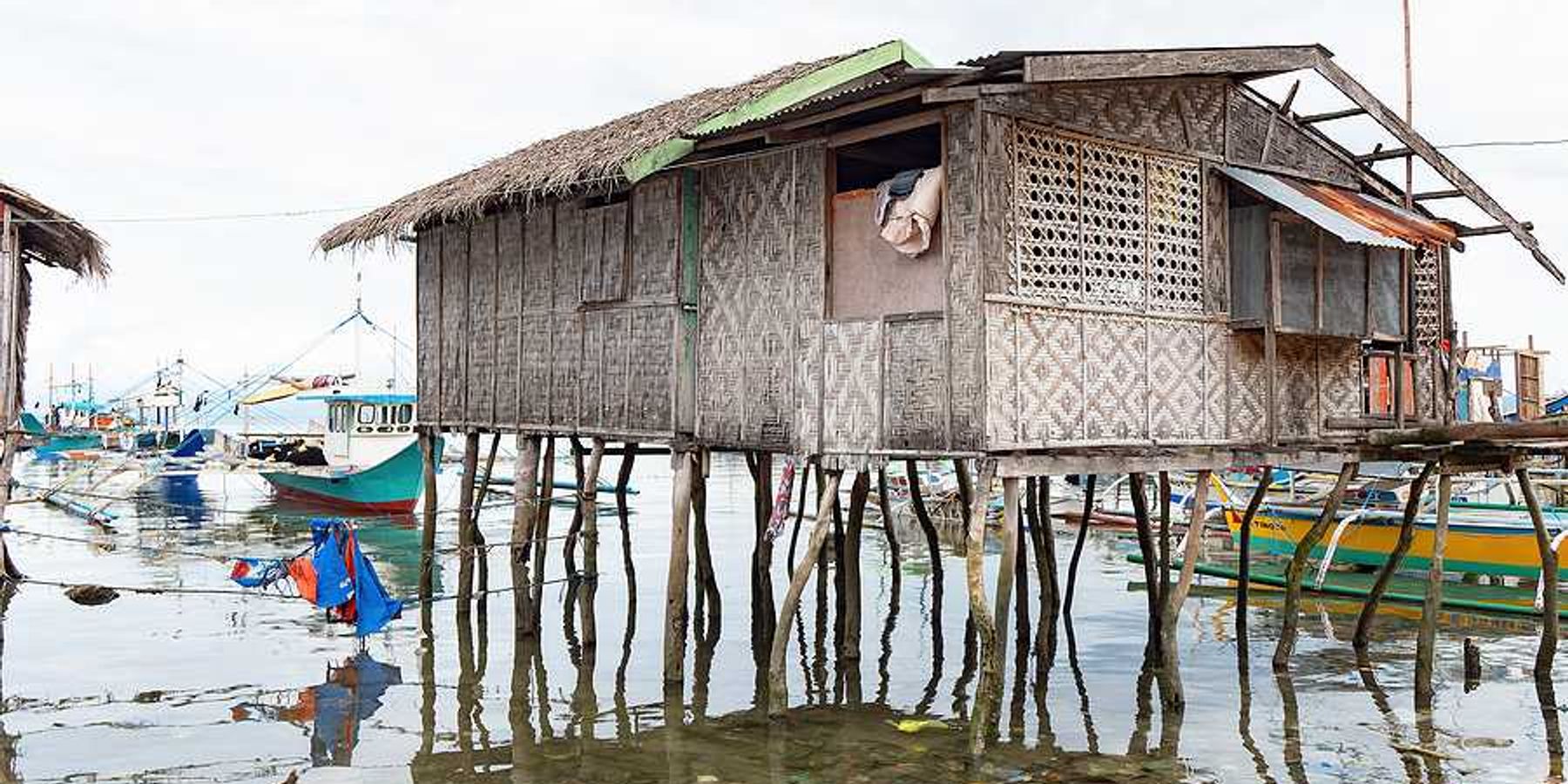
Op-ed: The climate crisis demands a move away from car dependency
Power shutoffs or wildfire evacuations can be deadly for disabled people, especially nondrivers who may not have a way to get to a cooling center or evacuation point.
My nightmares about waves started the night our building flooded.
I was living in a commercial loft in Red Hook, Brooklyn, when Hurricane Sandy hit. None of us living in the squat, two-story cinder-block warehouse across the street from the cruise ship terminal took the mandatory evacuation order seriously.
During Hurricane Irene the year before, we waded through the large puddle that formed on our corner, laughing at how scared we had been and how hard it was going to be to get all that masking tape off the windows we’d so carefully taped in giant asterisks.
I felt safe in a big city. Natural disasters were things experienced by people in the country, or other countries. This was New York City. We were protected.
Within the course of a few hours that night, eight feet of water surrounded our home. It came in around the edges of the plate glass door. For a bit, the street lights were still working, and the water on the far side of the door glowed like an eerie fish tank as it rose higher and higher. Then the power was gone and we watched nervously, peering around the corner to the now-inundated mezzanine landing. Would it reach the second floor? At what point should we try to make an escape across the adjacent rooftops?
Eventually, it got late enough and the water didn’t seem to be coming as quickly, so we tried to sleep. But all night I had nightmares of monstrous waves from the harbor crashing through the cinderblock building. To this day, I have trouble sleeping when I can hear the noise of waves or running water. I try to reason with myself, but the destructive power of the ocean is hard to forget.
We woke up the next morning after Sandy to the smell of flooding. The rank scent of seawater blended with gasoline from submerged cars inundated everything: the drywall of our building, the belongings of everyone who lived in first floor or basement apartments, the piles of clothing and furniture and old photos and books that were dragged from ruined apartments and piled on the sidewalks.
I try to reason with myself, but the destructive power of the ocean is hard to forget.
For my job with the Communication Workers of America (CWA) union, I was asked to interview union members whose homes had been destroyed to create a fundraising effort for rebuilding. On Staten Island, I spoke to a woman whose one-story house had flooded to the ceiling. She pointed above her head to the line of grime on the blue wall of her living room. Luckily, she had made it out; her neighbors didn’t.
As I traveled to the edges of NYC documenting these stories, it wasn’t hard to see that the places with the worst flooding and most destruction were the working class, poor or Black neighborhoods. In affluent Park Slope, life continued mostly untouched, the streets full of Halloween trick-or-treaters. In the flood zone of Red Hook, power was off for weeks, and in one of the largest public housing complexes in the country, destroyed boilers left residents without heat or hot water through the winter.
These unequal impacts repeat with each climate change-induced disaster. In Washington State, every summer now we hold our breath, wondering when the wildfire smoke will arrive. For wealthier folks with weather-sealed homes and air filtration systems, it’s liveable.
For everyone else, it can mean weeks of breathing unhealthy air, and, depending on the health of your lungs and heart, it can even be fatal. Power shutoffs or wildfire evacuations can be deadly for disabled people, especially nondrivers who may not have a way to get to a cooling center or evacuation point.
Nearly a third of people in the U.S. can't drive or can’t afford to drive because of age, income or disability. But instead of interventions that would move us away from car dependency–better transit, safer and more comfortable places to walk, bike and roll, and denser and more inclusively zoned communities–much climate funding has focused on swapping out gas-powered cars for electric.
Just as the public health impacts of climate change are much more acutely experienced by poor and disabled people and Black and brown communities, the public health impacts of car dependency fall on the same populations with less power, fewer resources, and less reliable mobility access. People who live near highways or busy roads are exposed to air and noise pollution, the lack of pedestrian access and connectivity, and an increased risk of being hit by a car. Preserving car dependency does and will continue to perpetuate profound public health and access disparities. People who can’t drive and can’t afford to drive will continue to bear these substantial public health burdens so the status quo of easy car-based mobility can be preserved for those it’s working for.
This week I’m at a conference in northern Idaho surrounded by forests of half-dead and dried-out trees. While the Canadian wildfires last summer were massive, it’s difficult to appreciate how much forest across the west still waits – a lightning strike or cigarette butt away from conflagration. As I walk through the woods, I’ve noticed all of the larger stumps have burn scars from a previous fire. When this area burns again, the smoke will blow east. Those who live in airtight homes with nice new HVAC systems will hunker down and be fine, but there will be many apartments with the windows cracked open: better to breathe bad air than roast without air conditioning.
Our reliance on driving means that transportation is the leading cause of carbon emissions in the US. There’s an urgency to address this, but rather than entrenching us further into car dependency by promoting individual electric vehicle ownership, now is our chance to channel climate investments away from a mobility system based around driving. Among those for whom driving is accessible and affordable, a life with less driving may seem both unimaginable and inconvenient. But for those of us who can’t drive or can’t afford to, we are a living demonstration that it is possible. Relying on transit, walking, rolling and biking might not be safe or convenient yet, but with the scale of investments we are putting towards fighting climate change, we could make it a whole lot easier.
With the right housing, land use and transportation incentives we can retrofit our communities so it’s possible to get everywhere you need to go without driving. It’s an open question whether we value that inclusivity more than we value preserving the status quo.













